From balms to waters to creams, facial cleansers offer so much variety it can get confusing at times. But don’t worry — we’ve got you covered with a quick breakdown on the different types and what type is right for your type.
One of the oft-discussed skincare steps is cleansing, and for good reason. It’s the step that frees your skin of impurities, pollution, and makeup, preparing it to receive the benefits of subsequent steps. As much as the right essence or moisturizer can elevate your skincare, the wrong kind of facial cleanser or cleansing method can sabotage your efforts at clear, healthy skin. Just as it’s important to make sure your hands and the tools that come in contact with your face are clean, it’s imperative that the day’s dirt, oil, and makeup make their way down the drain, along with any dead skin cells you may have shed.
So here’s the thing — you might think that you know all there is to know about cleansers, but it’s not quite that simple. Low pH? Check! Two steps? Check! Water temperature? Appropriate pressure? Drying methods? Check, check, and check! But how about the kind of facial cleansers you’re using? Do you know if it’s the right one for your skin type? Let’s get into it!
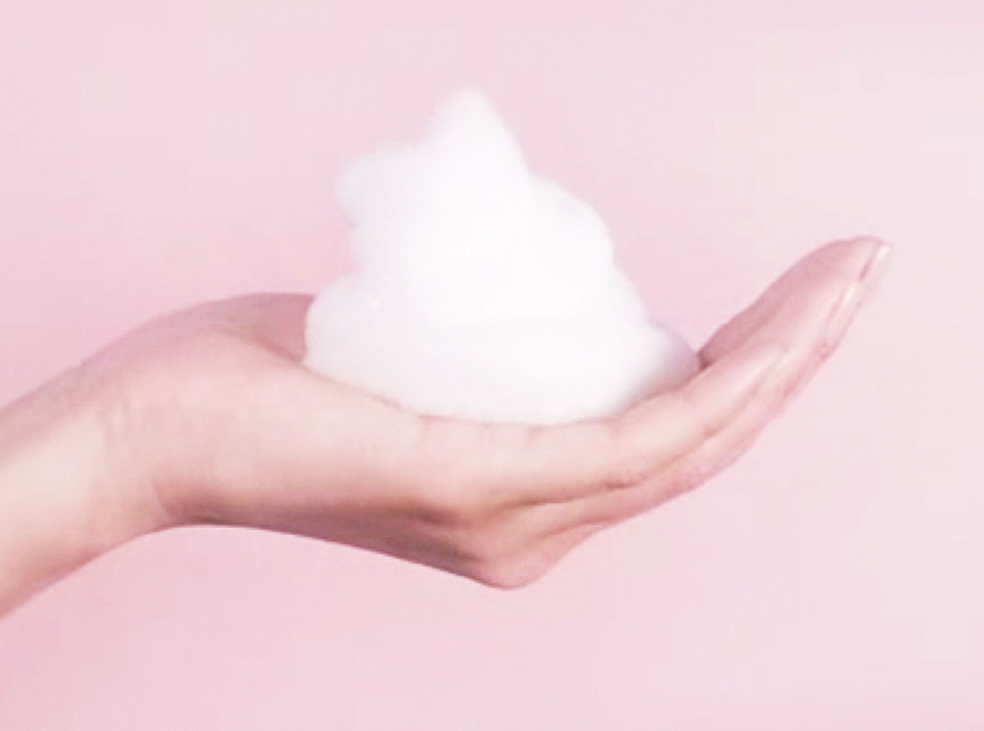
First step cleansers: oil vs. balm (also starring micellar water)
Banila Co Clean It Zero, Heimish All Clean Balm, SanDaWha Camellia Natural Mild Cleansing Oil, Klairs Gentle Black Deep Cleansing Oil — a few popular first cleansers that have changed the game as far as makeup removal. Which one is your fave? Let's take a look at some different types of first cleansers.
Cleansing oils
My current go-to is the SanDaWha cleansing oil. I was seriously blown away the first time I used it. It took off every last stitch of makeup, leaving my skin feeling soft and hydrated in a way that kinda made me not want to follow up with a second step. It’s chock-full of natural oils like camellia, grapeseed, and sunflower seed, as well as antioxidants such as CoQ10 and vitamin E. (Read the full review here.)
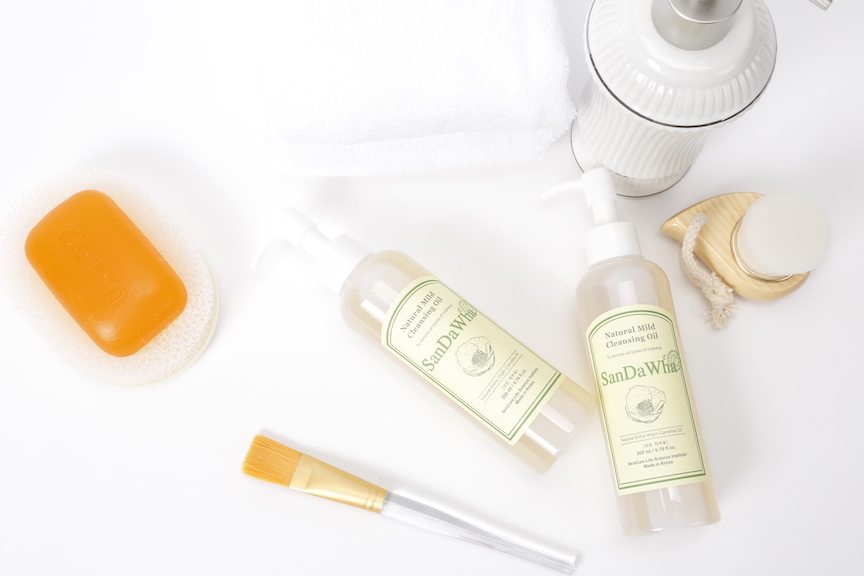
The reason why cleansing oils are great for getting rid of dirt and makeup is their similarity to the oils present in skin. Thanks to this commonality, they can interact with said oils and break them down, leaving them ready to be washed down the drain after emulsification with water.
Not just any oil can be used like this, however, because some are more comedogenic than others, with the potential to clog pores and cause breakouts. The oils used in most of the readily available cleansing oils (e.g. safflower, castor, sweet almond, etc.) have a comedogenic rating between 0 and 2, versus, say, cleansing with coconut oil, which not only has a high rating but can be detrimental for people with skin conditions like fungal acne or eczema.
Cleansing balms
Cleansing balms are pretty much the same thing, just in solid form. They melt when they come in contact with heat from the skin, transforming into an oil that emulsifies just like a cleansing oil. The major reason why some people prefer balms to oil is the texture, as well as portability. Since balms are solid, they don’t fall under the TSA’s liquid rule and are less messy to transport.
View this post on Instagram
Micellar or cleansing water
Micellar water quickly replaced pre-soaked cleansing cloths when they became popular due not only to its reputation as an essential part of French beauty but also because of the science. Unlike regular cleansing towelettes, micellar water (or cleansing water, as it's typically called in K-beauty) is made up of molecules called micelles, which attach to and trap dirt, making for a gentler and more effective cleanse.
Quick note: Don’t buy into the rumor that micellar water doesn’t have to be rinsed off because it’s milder. At the end of the day, micellar water, being a cleanser, contains surfactants, which may cause inflammation if left on the skin. So swipe, then rinse just to be on the safe side. While it does work for every skin type, some brands do offer a range of types to fit different needs. For instance, formulations designed to remove waterproof makeup or with hydrating ingredients to combat dryness.
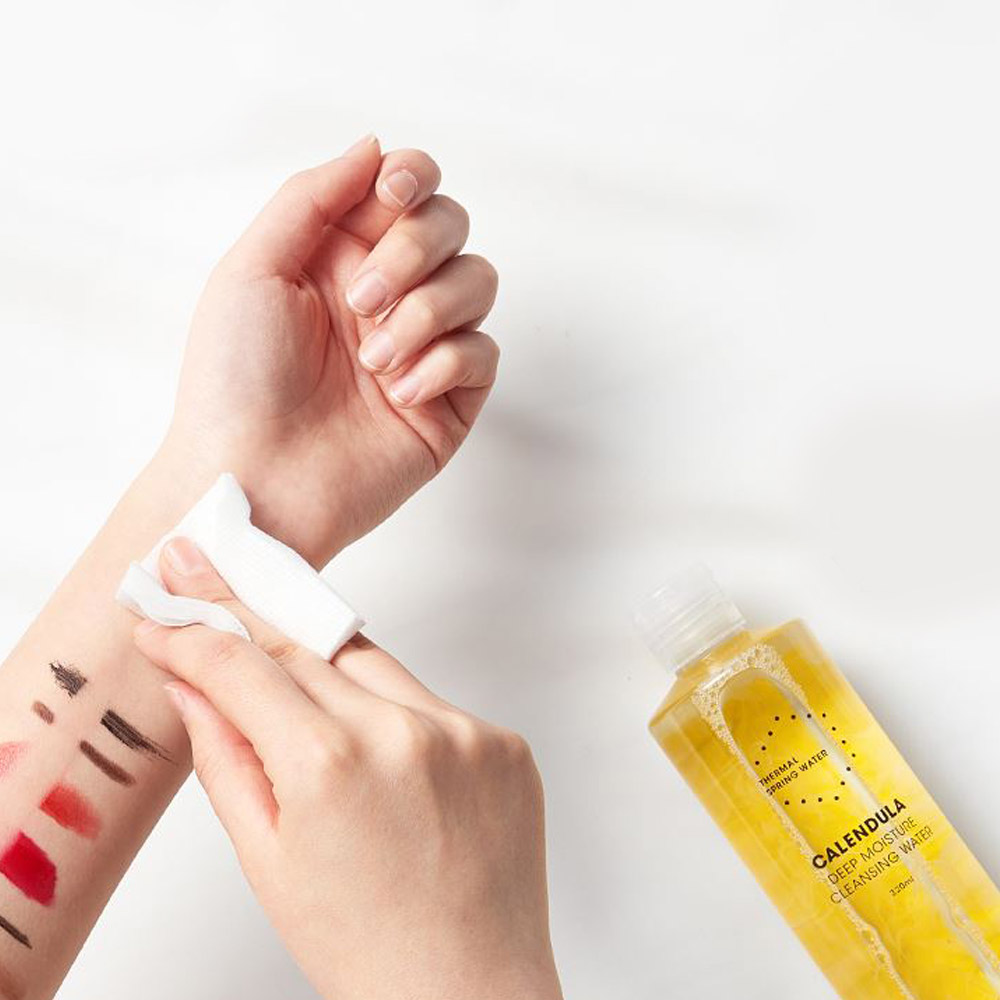
One thing to note about first step facial cleansers is that they aren’t always necessary. Depending on factors such as makeup use, what your skin has been exposed to, or if you have dry or dehydrated skin, you might be able to skip right on to the second step. You should tailor it to fit your skin type and your lifestyle. I, like a lot of lizard-skinned folks, only use a cleanser once a day. I find that an AM cleanse can be too much, so I simply rinse with water, sometimes using micellar water first if I put on something like a thick sleeping pack the night before.
Second step cleansers: foam vs. cream
Foam cleansers
Foam cleansers are a dime a dozen. They’re the most popular type of cleansers in a world where most people still attribute a “squeaky clean” feeling to properly cleansed skin. These types of facial cleansers are ideal for oily and combo skin types because the lather is great for getting rid of sebum, dirt, and residue.
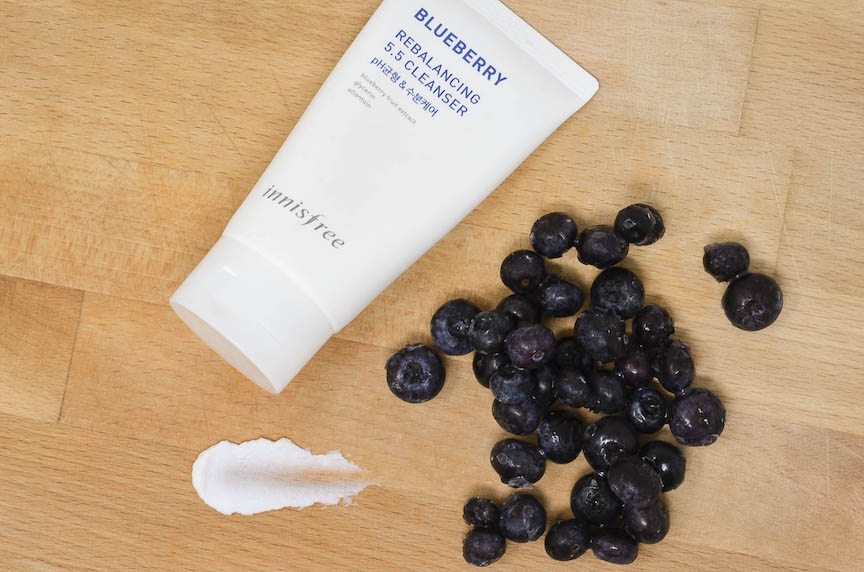
Still, it’s crucial to ensure that whatever foaming cleanser you pick is pH balanced, so as not to compromise your acid mantle. The acid mantle acts as a barrier against invading organisms like bacteria and pollutants, and is happiest at its ideal acidic pH of 4.5-5.5. High pH cleansers are alkaline, raising the pH of your skin and allowing bacteria to thrive and multiply, as well as stripping the skin of its natural lipids. The result is sensitized, irritated skin that feels tight and dry. No one wants that.
Thankfully, the K-beauty industry has come a long way from the days of exclusively high pH cleansers, now providing gentler options like the Innisfree Blueberry Rebalancing 5.5 Cleanser.
Cream cleansers
Cream cleansers are purportedly better for dry and sensitive skin types because they are SLS (sodium lauryl sulfate)-free. SLS can be irritating to skin because of its sensitizing nature, which can cause irritation. Cream cleansers are also better for dry or sensitive skin because they are gentler, and often contain humectants and lipids like ceramides and hyaluronic acid, which work to shore up the skin’s moisture barrier.
View this post on Instagram
But it’s not always black and white. I recently learned this the hard way when I had to find a new cleanser because my skin had been exhibiting the telltale signs of fungal acne, and my current cleanser, the La Roche Posay Toleriane Hydrating Cleanser, seemed to be the culprit. A closer look at the ingredients revealed that it wasn’t, after all, the best product for me due to the presence of fungal acne triggers. At times like these, an exception to the rule of foam versus cream for these skin types is a cleanser like the Purito Defence Barrier pH Cleanser. It’s fungal acne-safe, alcohol-free, SLS-free, low pH, and great for ALL skin types. Thanks to this great review by editor Sheryll, I’ve found a promising replacement!
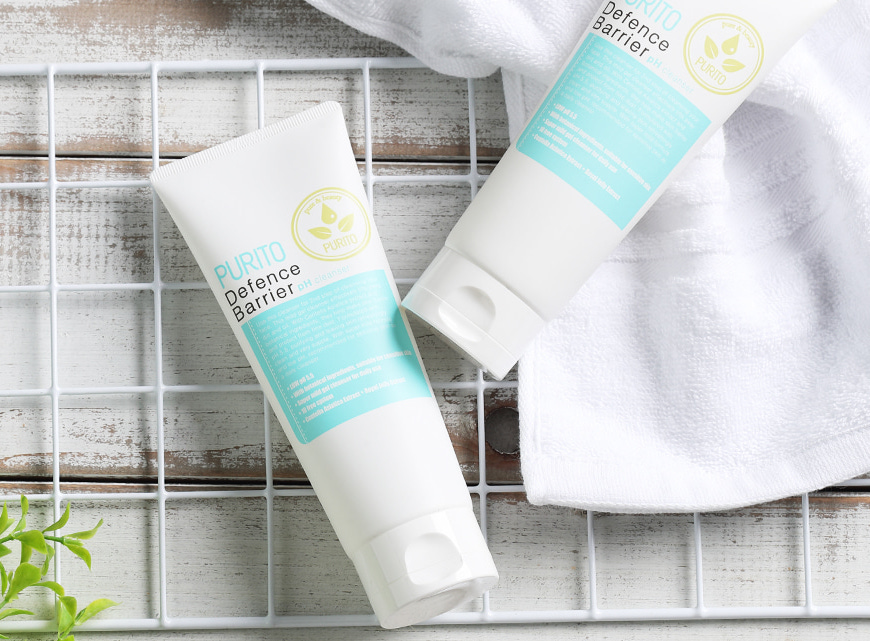
What are some of your favorite first and second facial cleansers and why? Have you been using the right kind for your skin type?
Loading...